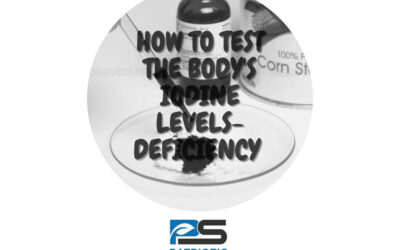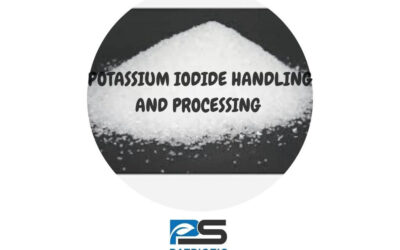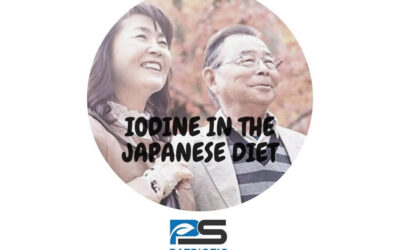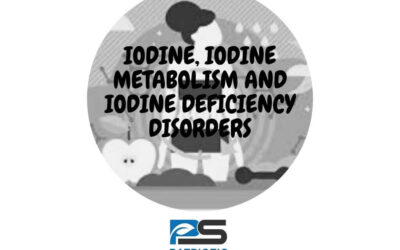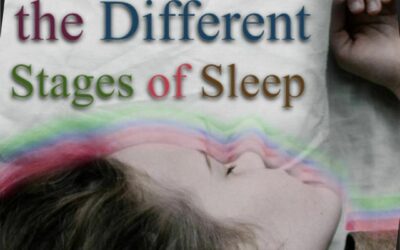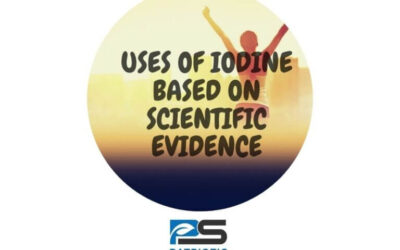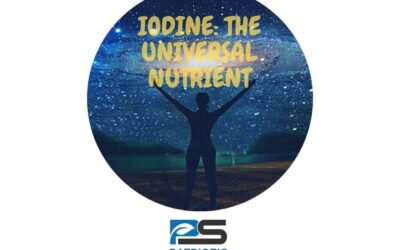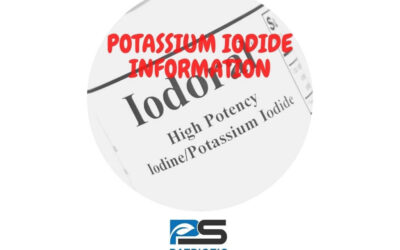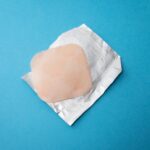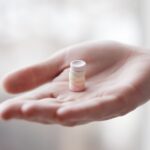Iodine deficiency is re-emerging in many locations around the world. Since this essential mineral is required for the synthesis of thyroid hormones, the major indication of an iodine deficiency include hypothyroid symptoms. Furthermore, an iodine deficiency during pregnancy can result in cretism,
Blog: Health Solutions
POTASSIUM IODIDE HANDLING AND PROCESSING – Patriotic Strong Lugol’s Iodide
¿Are you interested to know more about the potassium iodide? Here we going to show you the tecnical features of this substance
IODIDE EXCRETION IN 24-HOUR URINE COLLECTION AND ITS DIETARY DETERMINANTS IN HEALTHY JAPANESE ADULTS – Patriotic Strong Lugol’s Iodide
Since seaweed is a common component of the Japanese diet, iodine intake in Japanese is expected to be high. However, urinary iodine excretion, measured using 24-hour urine samples, and its dietary determinants are not known.
IODINE, IODINE METABOLISM AND IODINE DEFICIENCY DISORDERS – Patriotic Strong Lugol’s Iodide
Iodine is a vital micronutrient required at all stages of life; fetal life and early childhood being the most critical phases of requirement. Diet is the sole source of iodine, which in turn is dependent upon the iodine content of water and soil. Iodine is metabolized in the human body through a series of stages involving the hypothalamus, pituitary, thyroid gland and blood. Recent advances in physiology and molecular science have revolutionized our understanding of iodine metabolism at the cellular and sub-cellular level. This in turn has improved our knowledge of Iodine Deficiency Disorders (IDD), their prevention, management and control. This article makes an attempt to revisit this important topic in light of recent advances and provides a comprehensive account of the subject.
Four Signs You Aren’t Getting Enough Sleep
When you don’t get enough sleep, you may be more vulnerable to mood swings, irritability, and even anger. You might find that you are constantly in a bad mood, and don’t even know why.
Understanding Sleep Cycles
Each night when you go to sleep, your body and mind goes through a lot of changes. Each sleep cycle change occurs during a different stage of sleep.
Patriotic Strong Lugol’s Iodine: Uses Based Upon Scientific Evidence
Iodine deficiency is one of the causes of goiter (hypertrophy of the thyroid gland as it tries to make more thyroid hormone in the absence of iodine). Physically, goiter appears as an abnormal enlargement of the thyroid gland in the neck. Other causes of goiter include autoimmune thyroiditis, excess iodine, other hormonal disorders, radiation exposure, infectious causes, or
LUGOL’S IODINE INFORMATION – Patriotic Strong Lugol’s Iodine
Lugol’s solution (LS) was developed 1829 by the French physician Jean Guillaume August Lugol, initially as a cure for tuberculosis. It is a solution of elemental iodine (5%) and potassium iodide (KI, 10%) together with distilled water. It has been used as a disinfectant, a reagent for starch detection in organic compounds
IODINE: THE UNIVERSAL NUTRIENT – Patriotic Strong Lugol’s Iodine
The present situation we find ourselves in at the very beginning of the 21st century demands that we quickly reengineer medicine, not only mainstream allopathic but all the branches and alternatives.
POTASSIUM IODIDE INFORMATION – Patriotic Strong Lugol’s Iodine
Potassium iodide (KI) is an inorganic compound that is available from three manufacturers under different brand names as an antidote to radiation exposure. From a chemistry point of view, it is made from potassium hydroxide and iodine, and it is the most produced iodide compound in the world. It is preferred over sodium iodide salt because it is less hygroscopic and easier

